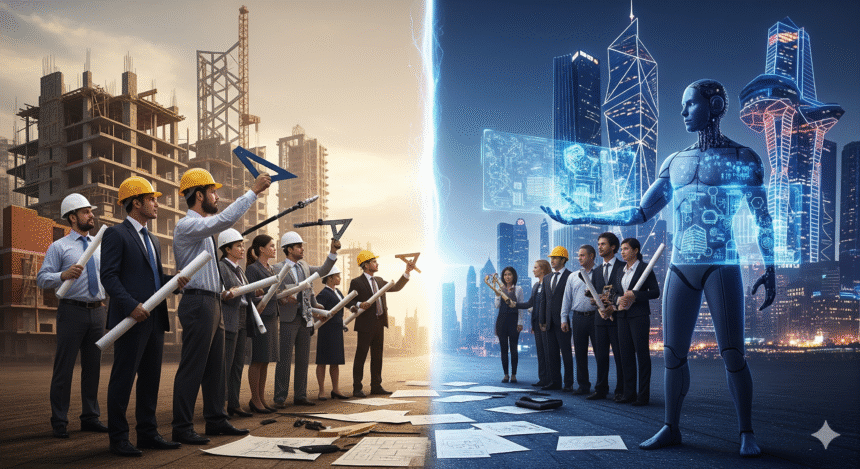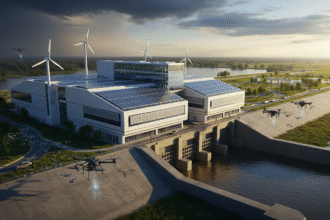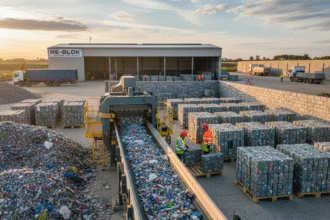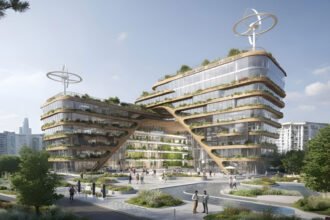Architecture is evolving rapidly. Digital software and advanced design tools now allow architects to explore ideas, test concepts, and analyze building performance faster than ever. Programs such as Spacemaker or BricsCAD help designers evaluate sunlight, airflow, and energy efficiency across entire buildings or neighbourhoods. These tools support decision-making and prevent costly mistakes, but they cannot replace the insight and creativity that give buildings meaning.
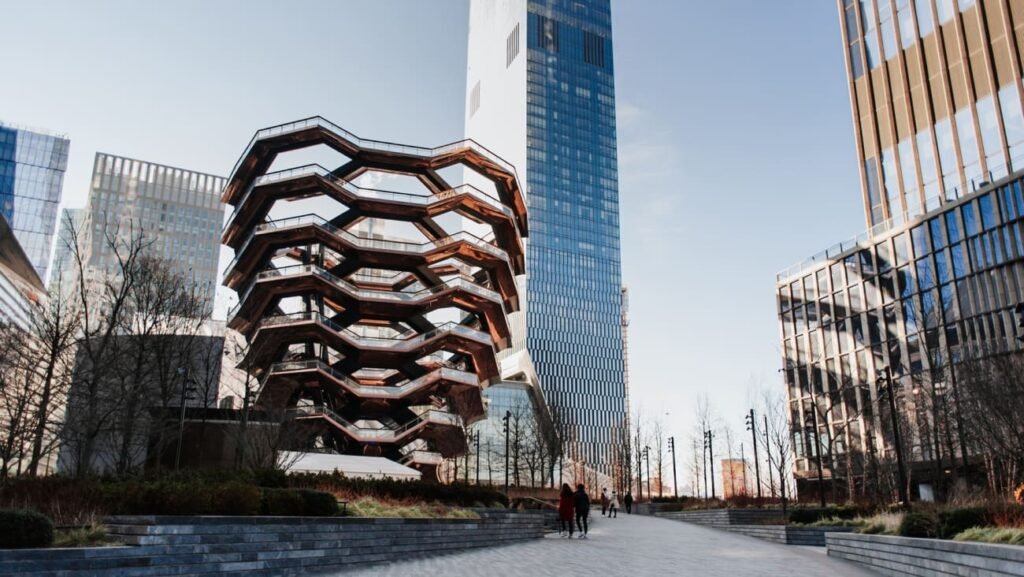
Take Hudson Yards in New York City. Designers relied on computational analysis to optimize tower placement, sunlight access, and airflow. Yet it was the architects’ vision for pedestrian plazas, public spaces, and walkways that made the district vibrant and livable. Calculations informed the process, but human judgment shaped the experience.
The Human Touch in Design
No software or tool can fully replicate human creativity, intuition, or cultural understanding. Architects create spaces that resonate with individuals and communities. They consider how a room feels, how light moves across a space, and how people interact within it. Emotional intelligence and sensitivity to culture remain qualities that no program can emulate.
For instance, Kengo Kuma’s Asakusa Culture and Tourism Centre in Tokyo blends traditional Japanese aesthetics with modern construction methods. The design reflects the local environment and respects cultural heritage. While technology could model the geometry, the sense of place, tactile materials, and emotional impact all came from the architect’s vision.
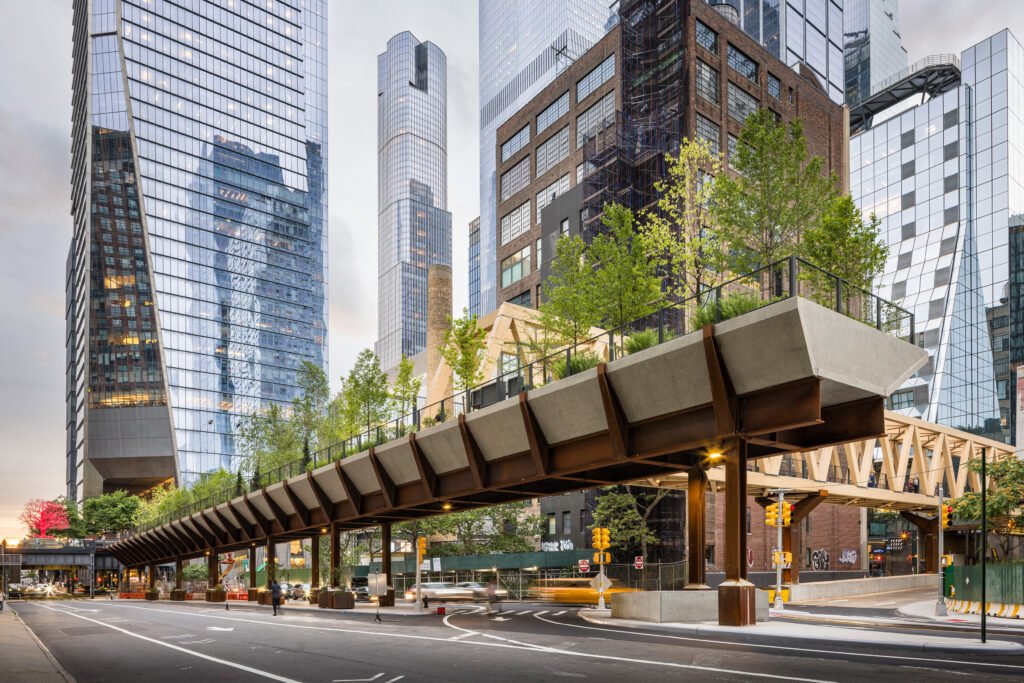
Another example is the High Line in New York City. Architects and landscape designers transformed an abandoned railway into a public park by carefully balancing ecology, historical preservation, and community needs. Numbers and models were useful, but human experience guided every decision.
Collaboration Between Tools and Talent
Rather than replacing designers, modern tools serve as collaborators. Architects use software to handle complex calculations, simulate structural performance, and test environmental factors, while retaining control over aesthetics and human experience. This combination allows a more dynamic and iterative design process.
Zaha Hadid Architects illustrates this approach. Their Heydar Aliyev Centre in Baku features flowing, complex curves that would have been extremely difficult to calculate manually. Design software helped visualize and plan the structure, but the final form, its elegance, and its interaction with the public plaza were all determined by the human architects.
In sustainable architecture, computational tools support energy efficiency, but the architects’ vision drives functionality and comfort. The Edge in Amsterdam, regarded as one of the greenest office buildings in the world, was analyzed extensively for energy performance, but the layout, lighting, and workspace design, all aspects that make it inviting and functional, were the architects’ contribution.
Real-Life Projects Leading the Way
Several global projects show how human creativity paired with modern tools produces remarkable results. The Louvre Abu Dhabi, designed by Jean Nouvel, uses advanced structural modelling to achieve its iconic dome, which filters sunlight into a “rain of light.” Yet the subtlety of the light play and the way it harmonizes with visitor circulation are entirely guided by human sensibility.
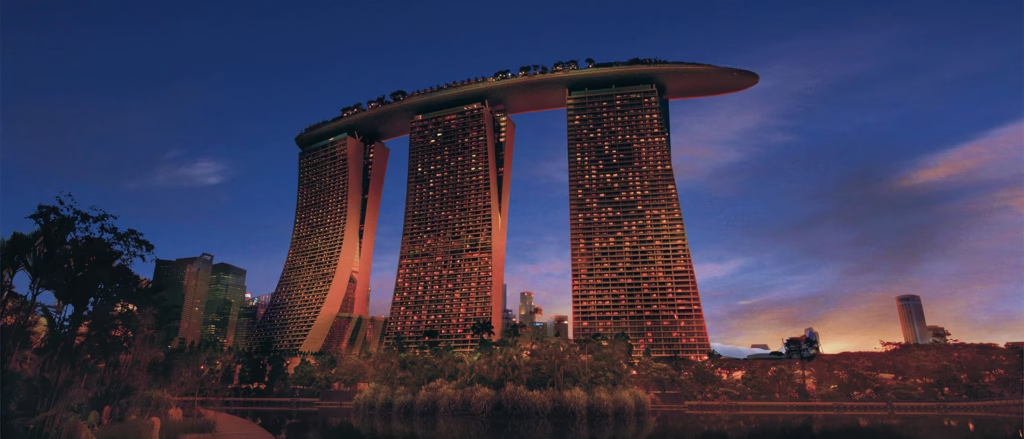
In Singapore, Marina Bay Sands combined structural analysis with architectural vision to create an iconic skyline feature, including its famous rooftop infinity pool. The calculations ensured safety and functionality, but the cultural impact and visual identity were determined by the designers.
Even smaller-scale projects demonstrate the synergy. Residential architects may use software to test daylight exposure or energy efficiency, but the layout of living areas, material choices, and the connection to surroundings are always guided by human judgment and creativity.
The future of architecture is not a choice between humans or machines; it is a collaboration. Tools provide information, visualization, and efficiency, but the core of architecture, creativity, empathy, and cultural understanding, remains firmly human.
The most remarkable buildings of the future will combine analytical precision with human vision. They will be functional, efficient, and, above all, inspiring. Architects, not software, will continue to shape skylines and communities, guiding both the practical and the emotional aspects of urban life.
Technology has changed how architects work, but it has not replaced the human touch. From Hudson Yards to the Louvre Abu Dhabi, it is the architects’ vision, judgment, and cultural sensitivity that bring buildings to life. Tools support the process, but it is human creativity and insight that define the skylines of tomorrow.


